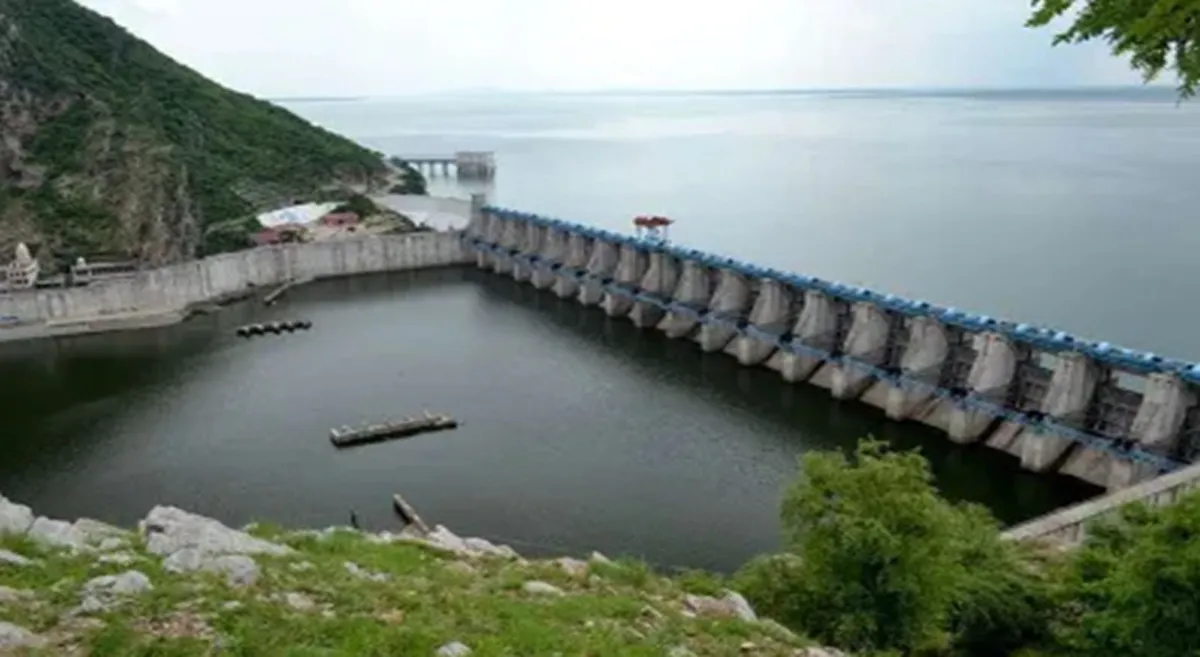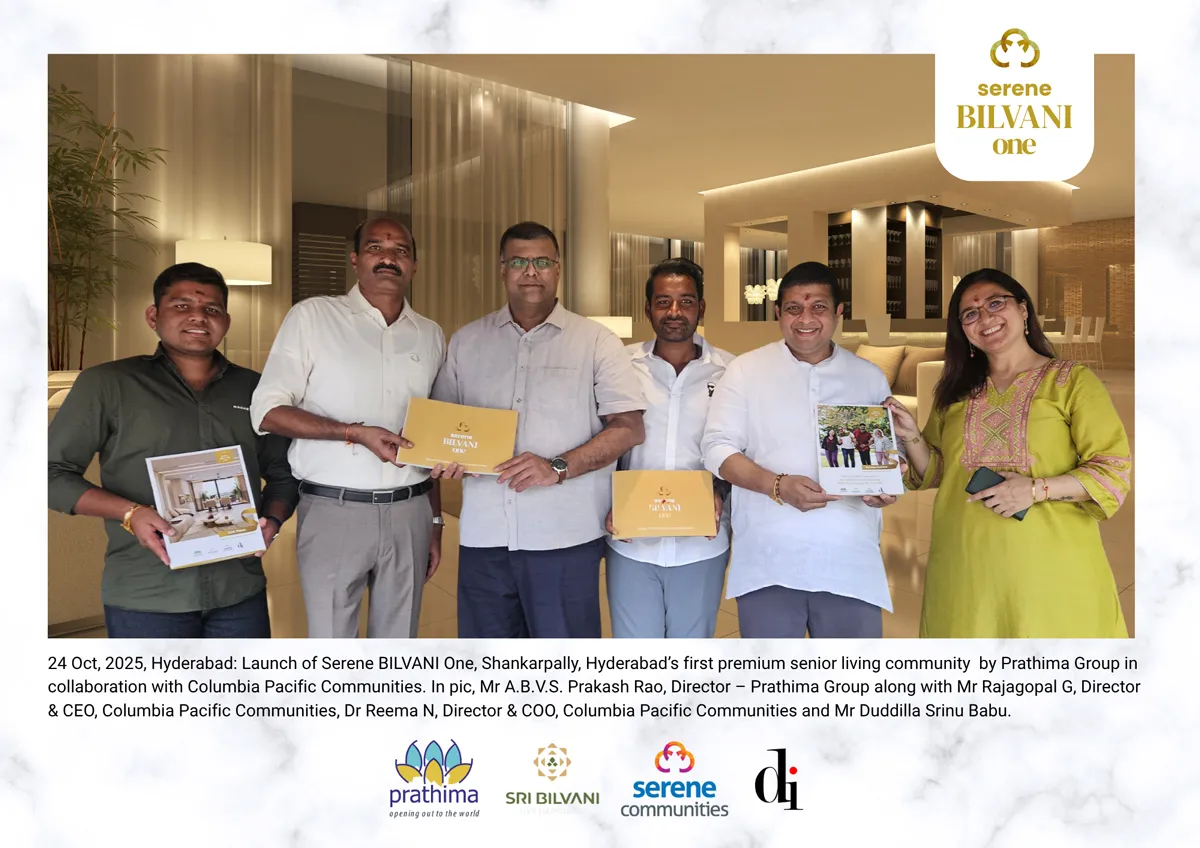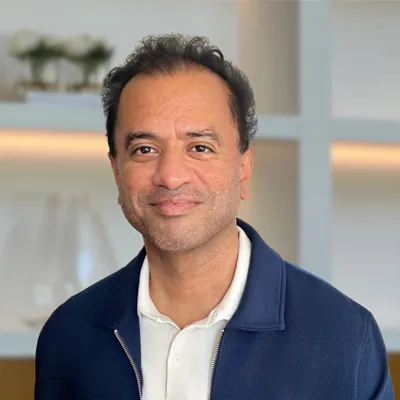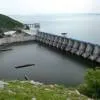- Anil George, Deputy Managing Director, Voltas
Voltas associated with South Asia's HVAC exhibition ACREX India 2019 as the Knowledge Partner.
A pioneer in smart engineering, the company has focussed on building products with integrated monitoring to ensure better than normal productivity for clients across the length and breadth of the country.
It has been the preferred contractor on projects such as metro-rail lines in New Delhi, Chennai and Kolkata, and airports in Delhi and Hyderabad; not to mention various other projects in commercial, educational and hospitality spaces. Anil George, Deputy Managing Director, Voltas, shares more on the industry in conversation with SHRIYAL SETHUMADHAVAN.
What are the current challenges faced by the HVAC industry?
One challenge we have always faced is the lack of private investment. Thus, three years ago, we reworked our strategy and decided to look at the government as a sector. Since then, we have been focussing on projects that are government-funded or from the World Bank or similar agencies.
For instance, a JICA-funded project actually ensures that a monetary mechanism is in place and contractors will fairly receive their money once the work is completed. And being a Tata Group company, we have a certain comfort in dealing with organisations that offer quality, high-value work, which is reasonably risk-mitigated. Another challenge is commoditisation. That said, most solutions we deal with in Voltas are based on application engineering – these are not standard, off-the-shelf products.
We use events like ACREX as a platform to demonstrate the role of engineering to deliver superior technology in HVAC solutions.
Tell us about the technologies you offer.
Fundamentally, we focus on two major areas: One is the product or project cost itself, meaning as optimised as possible; and secondly energy and associated costs required to run the equipment throughout its lifetime. Voltas has been among the frontrunners in both these areas. We were among the first to start star-rated products even before government regulations came into place. We are leaders in the unitary cooling products space with a 24-per-cent market share – one out of every four air-conditioners sold in the country bears the name of Voltas and Tata Group. As market leaders, we realise we have a responsibility to take the lead in technological advances.
We also have a huge quantum of experience in handling projects overseas where we do MEP work.
In HVAC projects, one has to design the product, install it and ensure it performs to its life-cycle in consonance with the initial baseline performance matrix. One cannot have an initial baseline far different from actual performance. These are tightly integrated in Voltas, where we offer a unified solution spanning these aspects of project execution. We also use a lot of IoT; from one location, we have connected almost 1,200 chillers across the country. IoT helps in terms of predictive maintenance.
How about energy-efficiency?
Selecting a product to ensure that it fits the application to render maximised energy-efficiency is the challenge across residential and commercial applications. One way of reducing energy consumption is variable speed. When you talk of IoT, the customer does not look at the equipment but an interconnected web of things that offer the desired output at minimum cost. Customers have been asking us for more features, not just limited to the chiller but monitoring the entire plant room, pumps, cooling tower, rather the entire building. Eventually, you look at what could be the lowest energy footprint per square feet of a building.
Which AC models do you think will succeed in the future?
There was a time when the market was trending towards split air-conditioners; everyone thought this was the future. However, Voltas looks at strategy in two different ways: Tactical and long term. Having envisaged that the switch from windows to split was not happening immediately, we practically decided to remain in window for some time. While this will also eventually fade, we believe that there will still be an 8-10 per cent market in the long term for windows. In Split, the market is fast converting to energy-efficient inverter machine, an area in which we are investing.
What emphasis do you lay on research?
We ensure that we monitor the outcome – the customer is guaranteed that the design stage assurances on product reliability and productivity are delivered and maintained all through the life-cycle. What Voltas does is application engineering. We choose technologies and products and try to integrate them in a way that the customer gets the maximum value. To ensure this, we have adopted technologies such as Revit and BIM. We also ensure that we monitor the outcome so the customer is guaranteed that whatever is explained at the design stage is delivered and maintained.
How has this year been in terms of growth?
In the first nine months of published accounts, we have had a top-line growth of almost 15 per cent compared to the first nine months in the previous year. We see the market growing at 10-15 per cent. Within this nine-month performance, the stand-alone air-conditioning market has not done so well. From an external perspective, we do wish the market was stronger, but the industry has actually de-grown by
4 per cent in the first nine months. We hope for a good summer; and accordingly hope to close the year on a good note.
To share your views, write in at feedback@ConstructionWorld.in



















